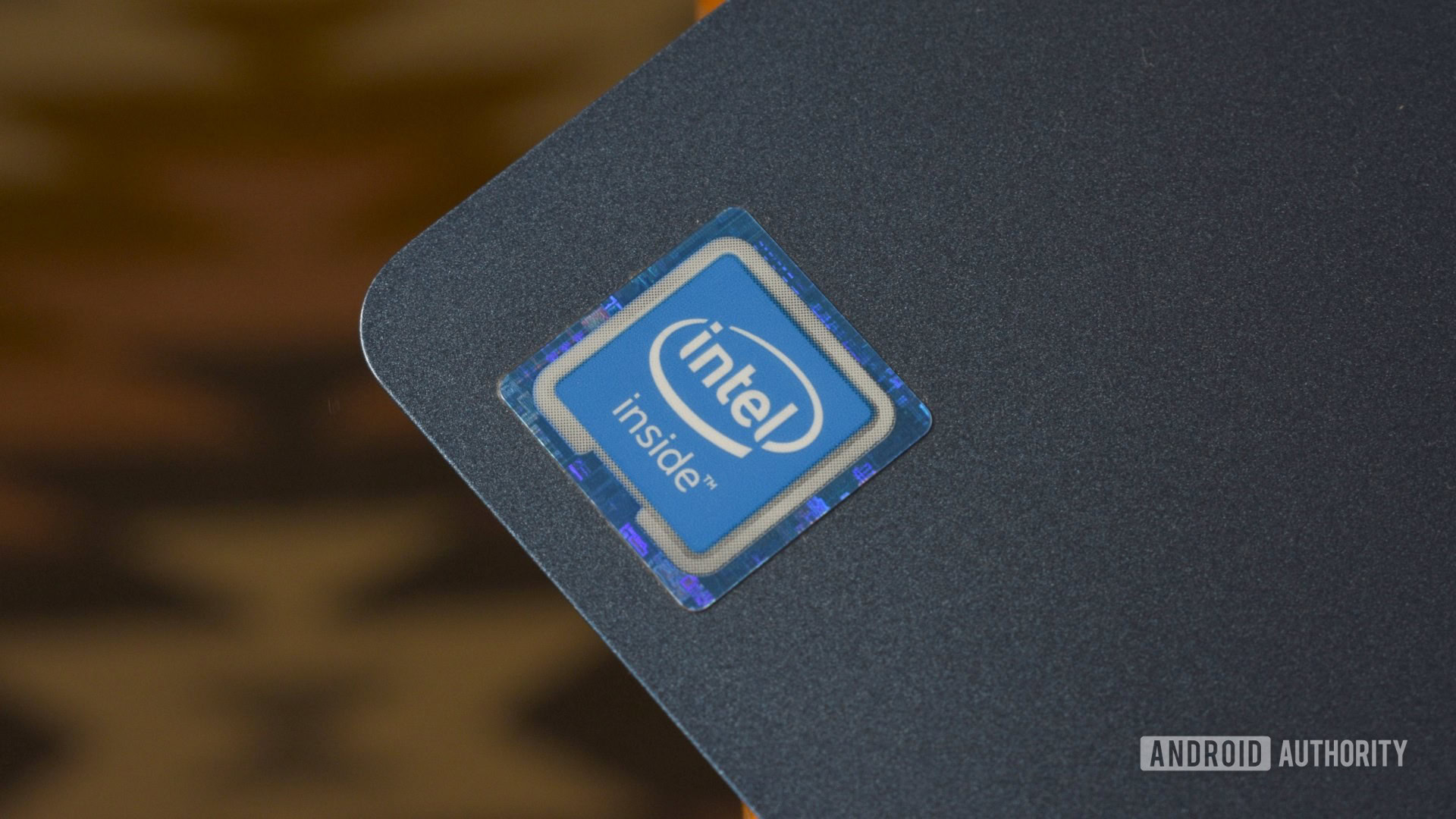Affiliate links on Android Authority may earn us a commission. Learn more.
Intel wants to pull out ahead in the race for smaller chips

- Intel wants to shrink chip manufacturing to as little as 1.8nm by 2025.
- 4nm Meteor Lake processors should ship sometime after this fall’s Alder Lake family.
- In the meantime, it’s renaming its 10nm manufacturing to “7.”
Hoping to catch up with rivals in the PC space, Intel has revealed aggressive plans to shrink chip manufacturing processes to 4, 3, and eventually as small as 1.8 nanometers, all by 2025.
Intel’s current 10nm “Enhanced Superfin” manufacturing is being renamed to “7,” despite not actually being a true 7nm process, Engadget reports. The company has struggled to make 7nm work even as firms like AMD and Samsung offer the technology in shipping products. In practice Intel chips have remained competitive, but shrinking further is essential to keeping up in performance and power efficiency.
Related: AMD vs Intel
The company’s Alder Lake family of processors should finally ship in fall 2021, mixing high-performance and high-efficiency cores for optimum power use. Coming sometime beyond this will be the 4nm Meteor Lake family, based on a “tile” design and a stacked-chip technology called Foveros. Mobile processors like the Qualcomm Snapdragon 888 and Apple A14 are already at the 5nm mark.
Even more nebulous are plans for 3, 2, and 1.8nm manufacturing. Intel is dubbing the latter two “20A” and “18A,” referring to the angstrom, a unit measuring one ten-billionth of a meter. 18A processors are currently slated to start production in 2025, though it might take longer for the technology to become commonplace.
Problems with 7nm could potentially foreshadow more delays. Intel does have strong incentive to make things work, however, since consumers and business clients could easily switch to AMD processors for computers. That would destroy Intel’s core revenue — the company has failed to gain a foothold in mobile CPUs or cellular chips.